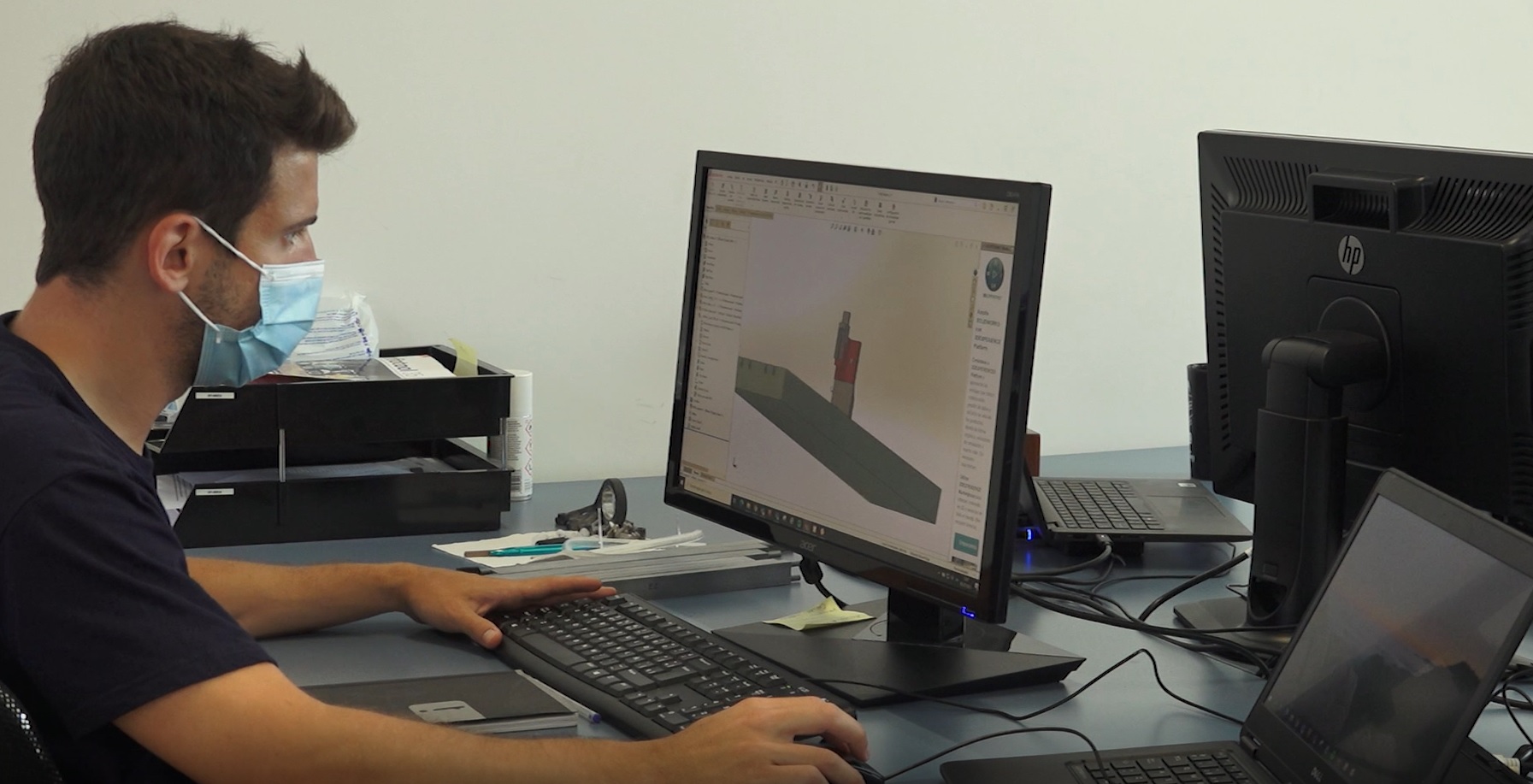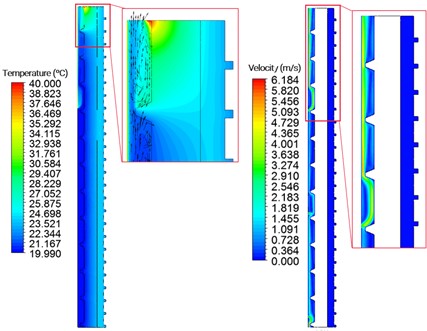Development and Testing Plug & Play technologies
The StepUP project develops technologies for deep renovation with the aim of minimizing the performance gap and optimizing investments, whilst scaling up promising technologies solutions to Plug & Play (P&P) building-level applications.

Plug&Play Solutions Development
The market of deep renovation technologies today offers a variety of established and innovative solutions. The focus has been on two key elements: the building envelope (to minimize demand) and the heating system (to optimize energy production). For this reason, the StepUP project will bring to the market a fully integrated system for a building envelope and heating system capable of being applied in deep renovations.
These technologies must be developed with the following formula, inter-compatible + inter-operable, allowing the integration of all components into the Plug & Play envelope to facilitate its integration into an existing building.
StepUP is developing P&P Technologies to transform the renovation market so that the EU objective of decarbonizing the building stock can be met by 2050. Before the deployment of the developed technologies, it is necessary to test the performance of the new solutions. On the one hand, to verify their compliment with technical requirements and on the other hand, to ensure their safe deployment, both in the StepUP pilots and future market deep renovations.
The testing was especially necessary for the P&P façade modules, since the process of rehabilitation of existing buildings is a complex process, and the implementation of an industrialized system in to the deep renovation needs to be studied in detail.
This P&P facade is a ventilated façade system that consist of a rigid covering, separated from the building wall, and anchored to it to transfer loadings. The cavity created between the two elements has openings in some parts, usually in the joints to get air ventilation. The façades of existing buildings may have irregularities, so the new P&P façade has the challenge of adapting to these pre-existences and minimize installation errors.
The next chapters explain the main testing methods and their results that has been carried out on the module anchoring system and on the air gap between the existing and new façade.
P&P Testing Anchoring System
A first mock-up of the P&P façade has been constructed in 2020 at the MANNI Group Isopan Italian plant, with the objective to validate the technical design and develop a production line. One of the outcomes was the need to re-design the anchoring system of the solution to facilitate the adjustment of the P&P modules during the installation phase.
The Plug & Play envelope is fixed to the existing wall and as expected, there may be some irregularities in their form. Therefore, it was necessary to design a system that allows to fit in to the existing facades. This anchoring sustains weight of the Plug & Play envelope and regulates the distance between the existing wall and the P&P envelope in three directions.
The structural performance of the anchoring system required a mechanical test of this new solution. The following video, shows the development of the test performed at Eurecat Amposta facilities at the end of July 2021.
During the test, the anchoring systems performed well and did not collapse. So, efforts to develop these innovative technologies show good behaviour to be applied in the market
P&P Testing the Air Gap
The internal air gap is the space between the façade of the existing solution and the interior skin of the sandwich panel of the P&P envelope. A second mock-up was developed at the MANNI Group Isopan Iberica plant in August 2021, and concerns regarding the behaviour of the interior air gap arose.
During the renovation design the question was raised whether this gap can become a ventilated air gap where the air is not trapped but connected with the exterior which generated air movement. This could bring several problems. For example, the air convection in the chamber could imply a reduced thermal performance of the wall, and possible convections between the exterior and interior air cavity. To make sure that this air gap works as intended an analysis of the behaviour of the air gap and the different technical solutions has been made.
Eurecat has performed a CFD analysis with the objective to discard any air convection in the camera. All the simulations made, showed that there is no significant air movement generated from the temperature difference between the parts of the chamber or from infiltrations derived from construction quality.

Figure 1: CFD air gap simulation of the P&P envelope results
To ensure that installation errors do not bring up this phenomenon, another option was proposed, adding a frame with Rockwool insulation around the openings. Eurecat and MANNI Group have tested with a sandwich panel attached to an existing brick wall simulating the actual conditions. The objective of this test was to validate these analytical results with an empirical test.
Several thermocouple sensors were placed in the air gap (on the bottom, middle, and top) — each sensor measures a different temperature than the others. If air convection was generated, some turbulence will be inside the air gap so that the temperature will become uniform. The test was also recorded with the thermographic camera and there we can see that there is no air filtration from the air gap chamber.

Figure 2: Thermographic pictures of the test
The tests showed favourable results: there is no air convection in the chamber. The results and conclusions will be integrated into the second phase of the Spanish mock-up and deployed in both Spanish and Hungarian pilots.
StepUP project is developing new technologies that can be applied nowadays. The tests and simulations carried out always showed favourable results. So, the development and deployment of the P&P solutions in renovations can bring closer the objective of decarbonising the existing european building stock.
Author: David Masip, researcher, Eurecat Product Innovation & Multiphysics Simulation Unit.
 This project has received funding from the European Union’s Horizon 2020 research and innovation programme under grant agreement no. 847053.
This project has received funding from the European Union’s Horizon 2020 research and innovation programme under grant agreement no. 847053.
This website reflects only the author’s views. The European Climate, Infrastructure and Environment Executive Agency is not responsible for any use that may be made of the information it contains.
